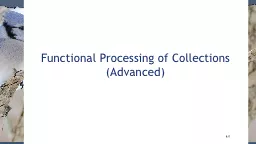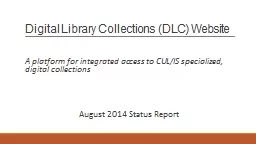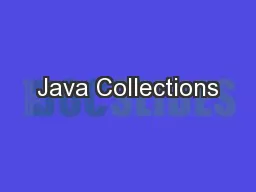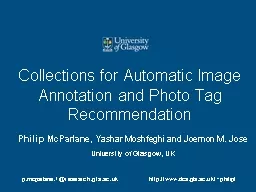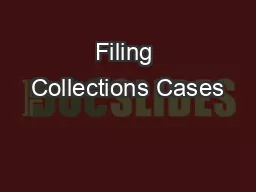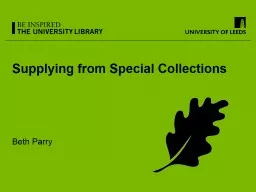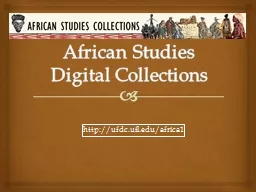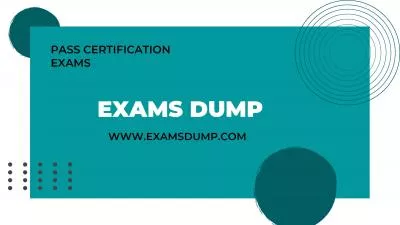PPT-Functional Processing of Collections (Advanced)
Author : yoshiko-marsland | Published Date : 2017-11-01
60 Overview An alternative look at collections and iteration A functional style of programming Complements the imperative style used so far Streams Lambda notation
Presentation Embed Code
Download Presentation
Download Presentation The PPT/PDF document "Functional Processing of Collections (Ad..." is the property of its rightful owner. Permission is granted to download and print the materials on this website for personal, non-commercial use only, and to display it on your personal computer provided you do not modify the materials and that you retain all copyright notices contained in the materials. By downloading content from our website, you accept the terms of this agreement.
Functional Processing of Collections (Advanced): Transcript
Download Rules Of Document
"Functional Processing of Collections (Advanced)"The content belongs to its owner. You may download and print it for personal use, without modification, and keep all copyright notices. By downloading, you agree to these terms.
Related Documents

